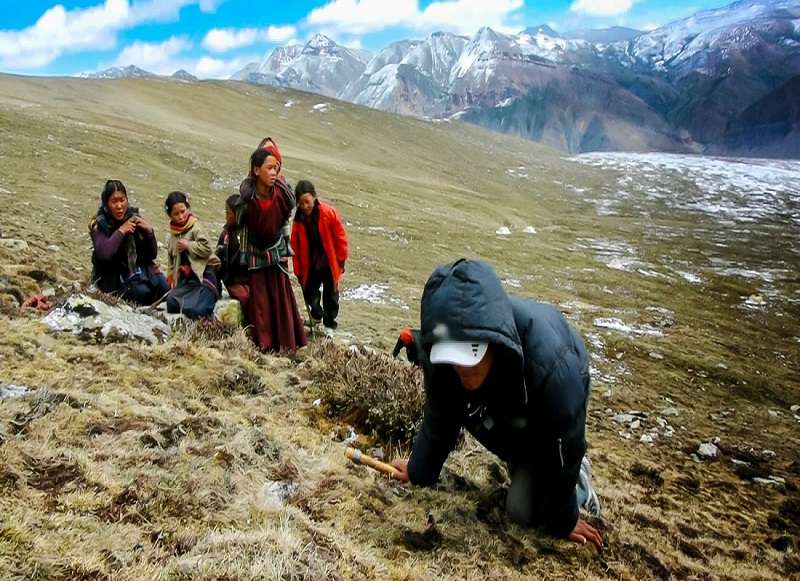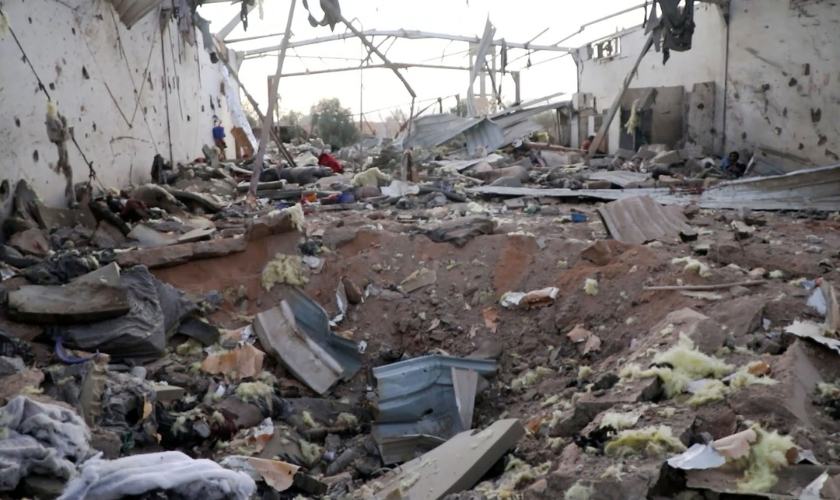With the onset of the Yarsagumba (Ophiocordyceps sinensis) collection season, residents of Manang and neighboring districts such as Lamjung, Gorkha, and Dhading have started heading to the highlands to gather the prized medicinal herb known for its aphrodisiac properties.
The collection season typically runs from mid-April through mid-July. According to officials, harvesting has already begun in several highland areas of the district.
Collectors must first obtain permission from the Annapurna Conservation Area Project (ACAP) Area Conservation Office in accordance with the Conservation Area Management Regulations 2053, Conservation Management Directive 2056, and the Yarsagumba Collection and Transportation Directive 2080. Only after this, the local Conservation Management Committees issue collection permits.
Dhak Bahadur Bhujel, Chief of the ACAP Area Office in Manang, said permits are being issued to residents of all local levels within the district. Collectors from outside must secure approval from the respective conservation management committee before entering designated collection zones.
However, Narpabhumi Rural Municipality has restricted entry to outsiders this year. Chairperson Konjo Tenzing Lama said only local residents are allowed to collect Yarsagumba in the remote Nar and Phu highlands due to security concerns.
“We’ve restricted outsiders from entering protected and restricted areas like Nar and Phu to avoid a repeat of past security incidents,” he said.
While collection is permitted in other parts of the district, it is not allowed in Dharapani and Thonche. Notable Yarsagumba harvesting sites include the highlands of Namgyal, Kincho, Yak, Pisang, Phu, Manang, Syakyu, and Thorangla.
Chief District Officer Matrika Acharya confirmed that security has been strengthened across Manang to ensure the safety of collectors. Yad Ghale, Chairperson of the Conservation Management Committee and ward chair of Nason-8, said that locals have already begun collecting Yarsagumba from the Namgyal highlands.
The cost of permits varies. The Conservation Management Committee charges Rs 35,000 per collector. Buyers from within the district must pay Rs 20,000, while those from outside are required to pay Rs 40,000 for entry.
Residents of Manang's high-altitude settlements rely heavily on agriculture and the collection of medicinal herbs like Yarsagumba for their livelihoods. The annual harvest plays a vital role in the local economy and draws hundreds of participants each year.











